LATEST FIREARM NEWS FROM ALL BRANDS
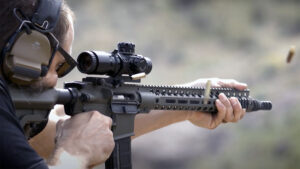
VIDEO: Watch the Delta V Gen-2 3MR Assisted Trigger in Action
Ballistic Staff May 5, 2024
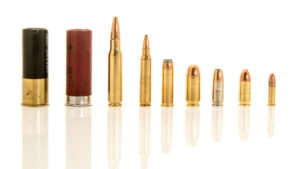
Demystifying the Bullet/Gun Relationship: An Explanation of Calibers
Fred Mastison May 5, 2024
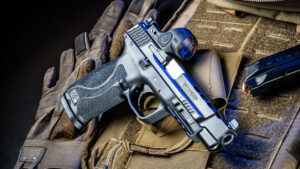
Performance Defined: The Smith & Wesson Performance Center M&P9 M2.0 C.O.R.E.
Mike Detty May 4, 2024
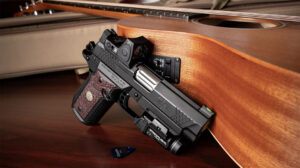
VIDEO: The All-New Wilson Combat EDC X9 2.0 is Here!
Ballistic Staff May 3, 2024

Henry Big Boy Brass SASS Sales Support Cowboy Action Shooting
Guns of the Old West May 3, 2024
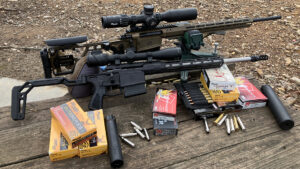
TESTED: SIG Sauer CROSS Trax & Magnum Bolt-Action Rifles
Todd Burgreen May 2, 2024
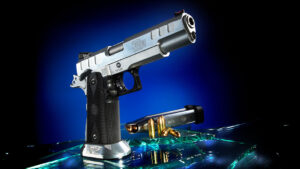
The Perfect Race Gun? Shooting the Tommy Guns Abernathy Bespoke 2011
Paul Scarlata May 2, 2024
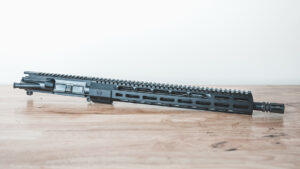
DIY AR Build: Rosco Manufacturing Upper Receiver Groups
Tactical Life Staff May 1, 2024
BROWSE BY BRAND
Didn't find what you were looking for?

Enter to Win Smith & Wesson M&P 9 M2.0 Metal!
Sponsored Content May 3, 2024
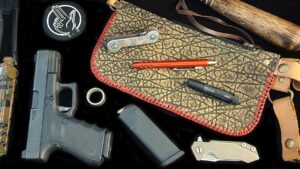
The Everchanging Every Day Carry: What is The Perfect EDC?
Ben Tirpak May 2, 2024
CHECK OUT ATHLON OUTDOORS ORIGINAL VIDEO SERIES
More Videos

VIDEO: Watch the Delta V Gen-2 3MR Assisted Trigger in Action
Ballistic Staff May 5, 2024
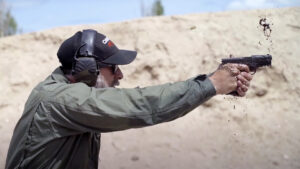
VIDEO: This Caracal Enhanced F Pistol Torture Test is Insane!
Tactical Life Staff May 4, 2024
Tests and Product Reviews

Performance Defined: The Smith & Wesson Performance Center M&P9 M2.0 C.O.R.E.
Mike Detty May 4, 2024

The Perfect Race Gun? Shooting the Tommy Guns Abernathy Bespoke 2011
Paul Scarlata May 2, 2024
SUPPRESSORS & NIGHT VISION
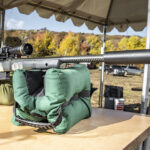
VIDEO: Testing the Hunt-Ready Silencer Central Buck 30 Suppressor
Andy Grossman April 26, 2024
The fact we were able to make so much noise in the middle of a potato field in Idaho at a media event, when there were so many suppressors on guns, was honestly incredible. I’m talking about the best media
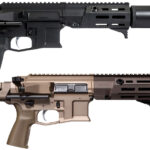
Maxim Defense Expands the PDX-SD with 7.62x39mm and .300 BLK Options
Personal Defense World April 12, 2024
In 2019, Maxim Defense introduced its short and maneuverable PDX short-barreled PDW, followed one year later by the PDX-SD. The PDX-SD expanded on the original platform by adding an integrated suppressor while maintaining stealthy, close-quarters handling. However, although the original
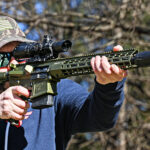
Huxwrx Ventum 762: Hub-Compatible Flow-Through Suppressor
Andy Grossman March 6, 2024
One of my favorite things about being in the outdoor industry is media events. I love seeing new products before companies release them to the public. Even cooler, companies sometimes ask for my thoughts on a product as a shooter.

VIDEO: Testing the Hunt-Ready Silencer Central Buck 30 Suppressor
Andy Grossman April 26, 2024

Maxim Defense Expands the PDX-SD with 7.62x39mm and .300 BLK Options
Personal Defense World April 12, 2024

Huxwrx Ventum 762: Hub-Compatible Flow-Through Suppressor
Andy Grossman March 6, 2024
Didn't find what you were looking for?
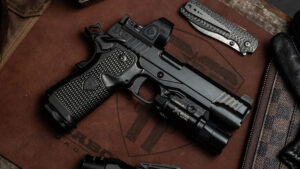
TESTED: Cabot Guns Enters the 2011 Market with its Insurrection
Fred Mastison April 29, 2024
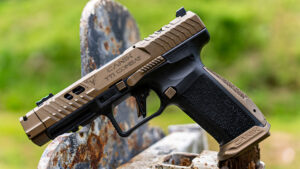
Finally! Thanks to CANiK, We Get an Affordable TTI Combat Pistol
Kenzie Fitzpatrick April 27, 2024
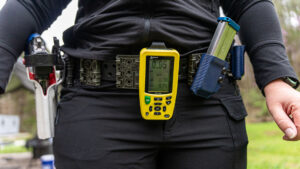
Drawing From a Holster Pistol Drill: Draw to First Shot on Target
Kenzie Fitzpatrick April 22, 2024








